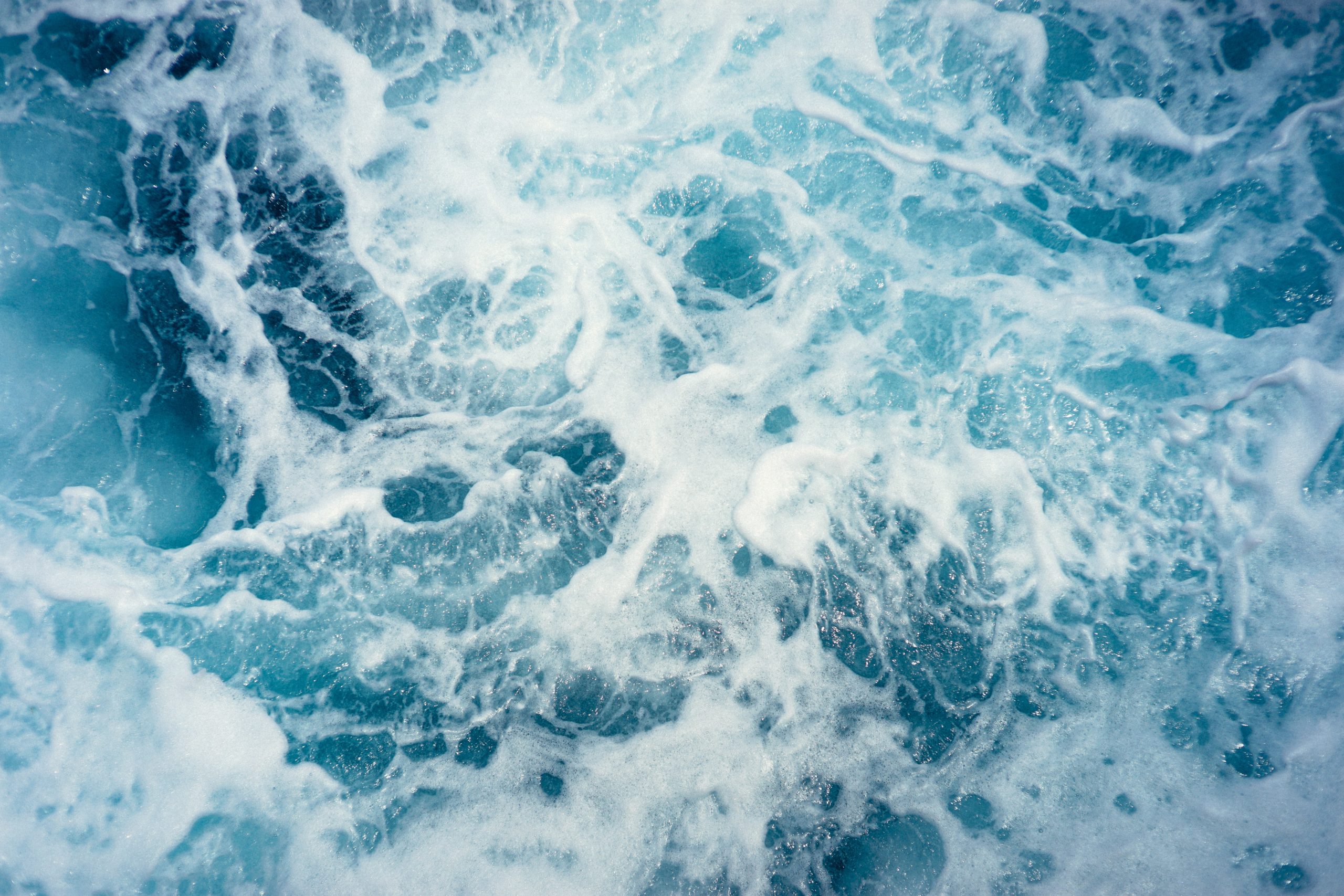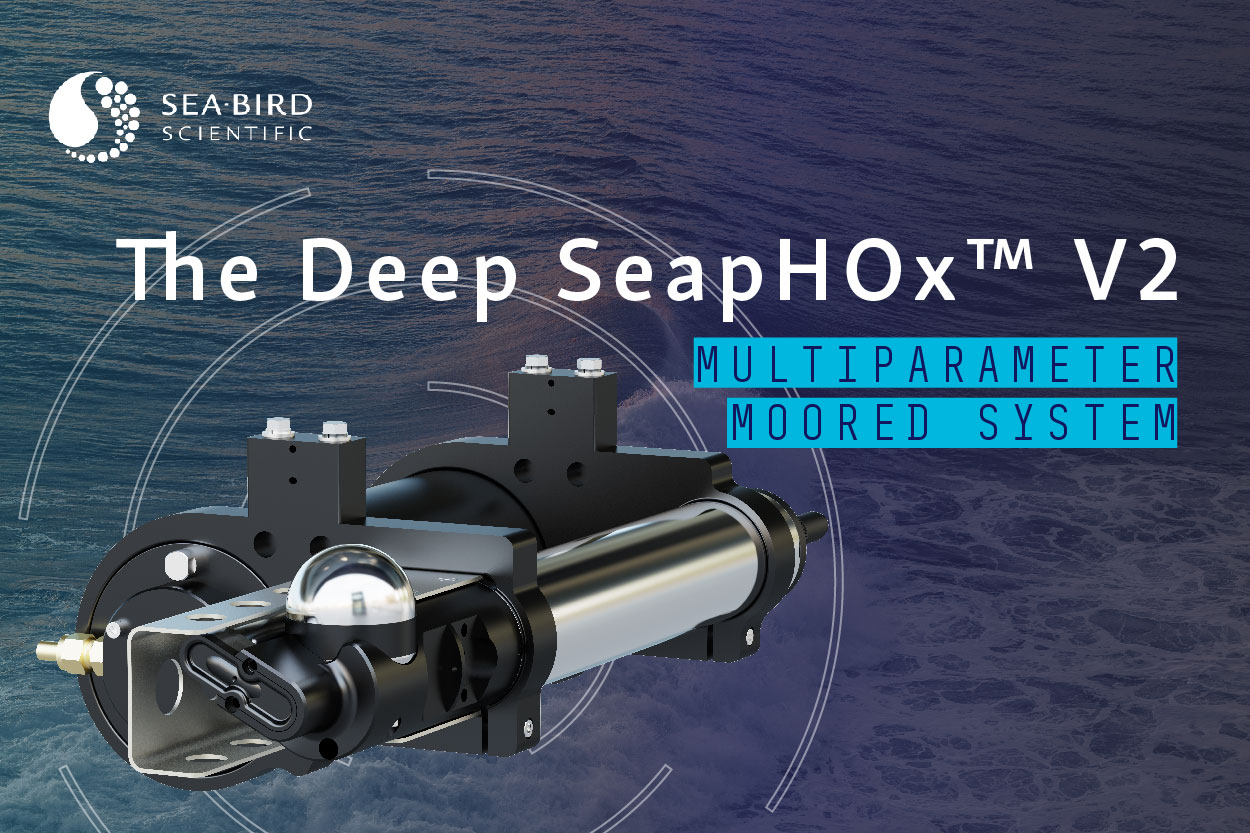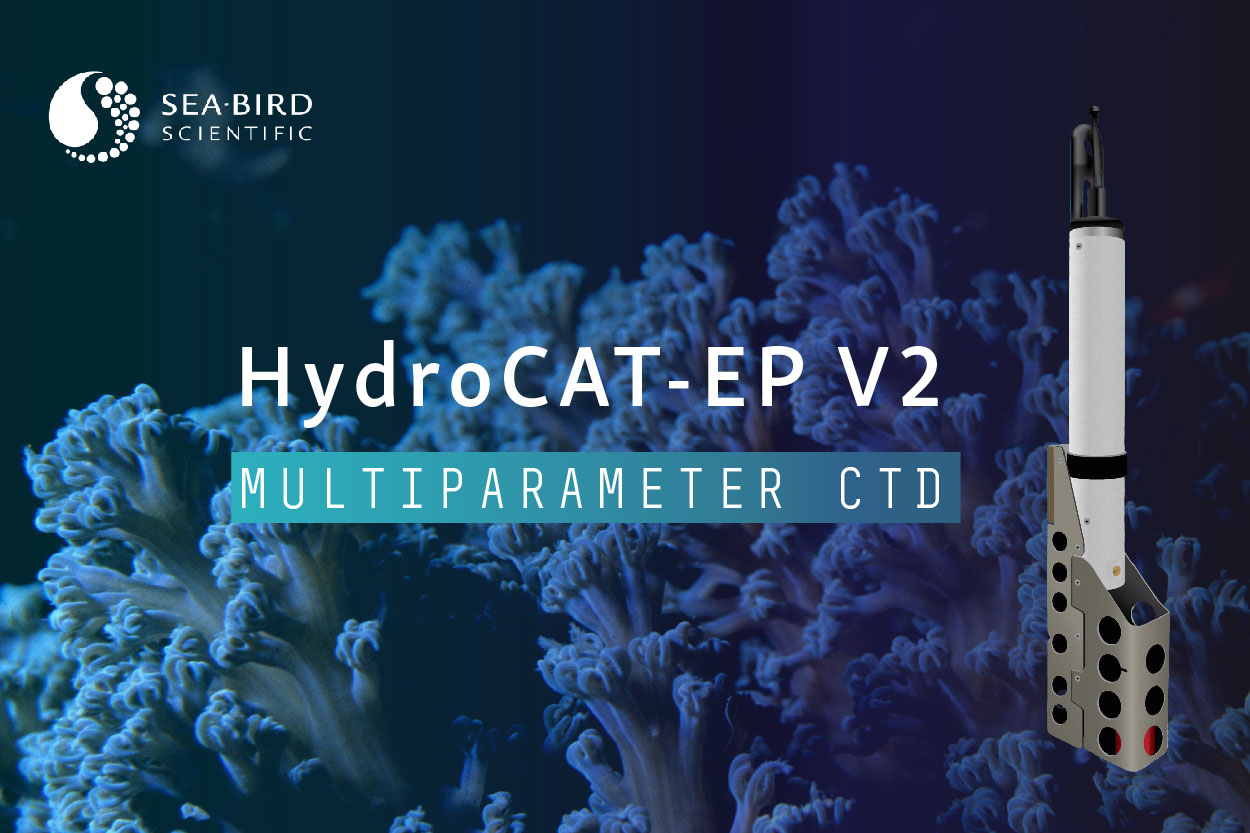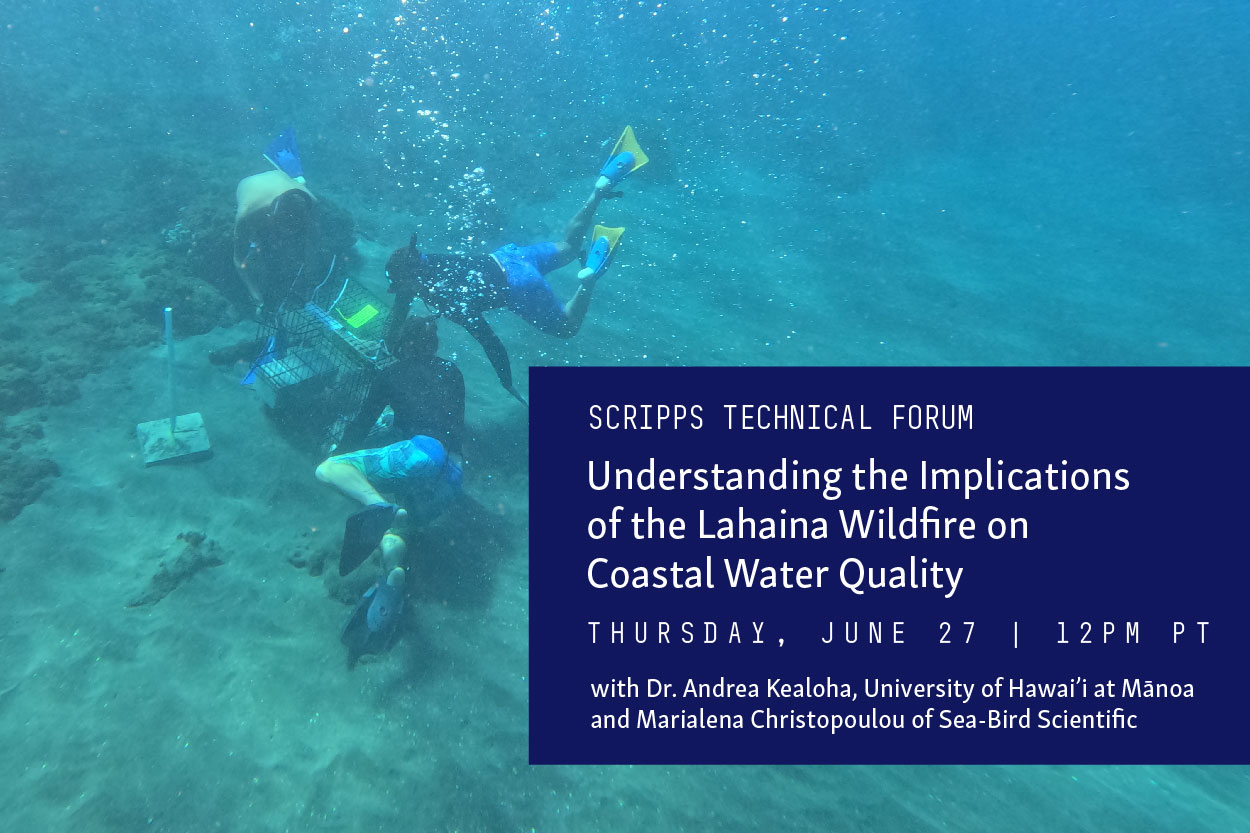What is Oceanography?
Oceanography encompasses so many different elements, but at its core, it is the application of the major scientific disciplines to our oceans. Being an oceanographer can mean you study the physical, geological, chemical, or biological features of the ocean. These different areas of study can help us better understand climate change, the effects of pollution, coastline degradation, changes in marine life, and more.

Physical oceanography is the study of the physical conditions and processes of the ocean. This can include topics such as heat exchange or ocean currents, which are analyzed through precise measurements and complex numerical models
Geological oceanography, or Marine Geology, is the study of the history and structure of the ocean floor. This can include things such as geophysical, geochemical, sedimentological and paleontological studies of the sea floor. A major area of study is to better understand plate tectonics and seafloor spreading across time. It also helps scientists to better predict seismic and tsunami activity.
Chemical oceanography is the study of the chemical interactions within ocean ecosystems, inclusive of both man-made and natural chemicals. Understanding chemical oceanography helps us to determine how anthropogenic activity such as runoff and pollution impacts our oceans. This also expands to include air-based chemicals that are exchanged through the air-water boundary. Chemical oceanographers use instruments such as pH sensors, electrical conductivity sensors, and dissolved CO2 sensors to measure how fast chemicals will assimilate into the water.
Biological oceanography is the study of the organisms that live within the oceans, and how they are affected or affect various parts of the ocean ecosystems as a whole. This could include understanding the interactions between organisms, understanding organismal genetic diversity, and more.
Many oceanographic research topics fall within multiple disciplines. Ocean acidification, for example, is a physical process that enacts a chemical change, with major implications for biological communities. Understanding these topics requires diverse community of experts sharing data and knowledge from measurements that they can trust.
Check out our case studies to see how we use oceanography in our work at Sea-Bird.
Related Posts
Featured Posts
Oceanology International 2024
We hope to see you at #Oi24 We are excited to return to Oceanology International 2024 again in London, UK from March 12-14. Overview Oceanology International brings together 500+ exhibitors in the only event that links the three key players in the industry:...
Ocean Sciences Meeting 2024
We hope to see you at #OSM24 We are excited to return to Ocean Sciences Meeting 2024 in New Orleans, Louisiana from February 18-23 at booth number #527. Overview The Ocean Sciences Meeting 2024 is co-sponsored by the American Geophysical Union, the Association for the...
Pride 2023
Celebrating and honoring our LGBTQIA+ communities At Sea-Bird Scientific, we are proud to stand with members of the LGBTQIA+ community during Pride Month 2023. As with last year, we changed our logo on social media to feature a rainbow throughout the month of June in...
Science and Technology
Platform


